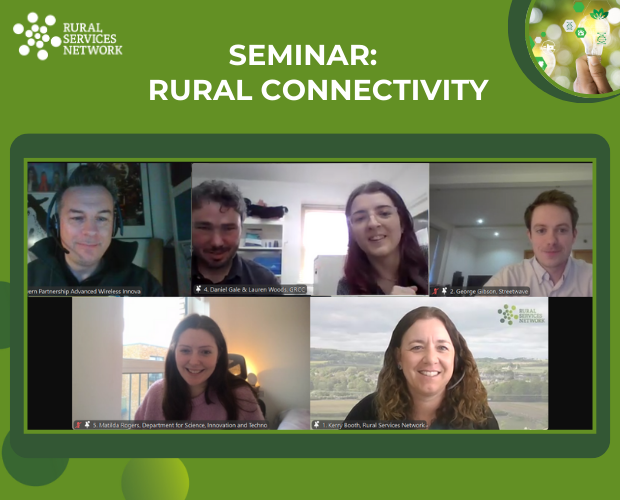T: 01822 851370 E: [email protected]
The changing face of rural Scotland
YOUNG people in rural Scotland can face a stark choice - move away or stay and face limited opportunities, finds Brian Wilson.
YOUNG people in rural Scotland can face a stark choice - move away from the area or remain and face limited employment opportunities, finds Brian Wilson.
In alternate years, Scotland's Rural College (SRUC) brings out a new edition of its Rural Scotland in Focus report. The 2014 version, like its predecessors, focuses on certain themes, about which it offers both a statistical compendium and some insightful commentary.
A striking theme is how much rural Scotland is changing and it reminds us how different the experiences of rural areas can be. The authors, whilst reaching some overall findings, are not afraid to explain the variety and complexity found amongst rural communities.
SRUC seek to make their report relevant for policy makers. On which note English readers will be interested to learn that Scotland is about to get a National Planning Framework and a Community Empowerment Bill, as well as a Land Reform Review and its own update of EU policies (CAP, Rural Development Programme and LEADER). So much common interest there is.
Analysis of 2011 Census data has shown population growth occurring across most of Scotland's "rural localities". That is, in settlements with up to 3,000 residents. Around three quarters of rural localities had grown since the previous Census in 2001 and in some cases the pace of growth was quite remarkable.
Some 18% of rural localities expanded by more than a quarter. Growth appears to be a particular feature along the eastern side of Scotland. At the other end of the spectrum were the 12% of rural localities whose populations reduced. Declining settlements are more likely to be found in the south and west of the country.
Factors which may explain the extremes include places dependent on certain employment sectors (such as oil, defence and fishing) and places with an ageing population.
One eye catching finding is undoubtedly that the housing stock in rural local authority areas would need to expand by 20% over the period 2010 to 2035, if it were to keep up with demographic projections. This sits unhappily beside recent house building trends, where private sector completions have declined by half and housing association completions have plummeted by two-thirds. There are also, of course, implications for rural infrastructure and service provision.
One of the themes explored in the report concerns young people aged 17 to 30. Whereas Scotland's rural areas are home to a fairly high share of its children, there is a relative dearth of young adults.
Out migration by this group can certainly be a feature, though not in all cases. The research identifies different patterns of youth migration in differing rural areas. Some places, like the Western Isles and Orkney, are losing their 18 to 21 year olds. Others, around Perth and Aberdeenshire, are attracting 26 to 30 year olds. Others again are simply experiencing a churn of young in and out migrants.
A literature review found that most evidence points to outmigration from rural areas being to take advantage of higher education opportunities or to take up graduate level jobs. In the Highlands and Islands region some 86% of outmigrating school leavers did so to enter higher or further education.
Whilst barriers to training and employment take-up exist in all types of area, there are specific challenges for young people who remain in rural areas. They include inadequate transport options, poor access to careers advice and training support, and a predominance of micro-businesses likely to offer little by way of training or career progression. Young people need to develop transferable skills.
In short, young people in rural areas can face a choice – leave the local area or remain and take your chances in a potentially limiting labour market. Sadly, the evidence shows those who move away being in a better economic position by age 23 than those who remain.
Another finding is that young people who stay in the local area are more likely to be from families with strong local connections. Conversely, those who move away are more likely to come from families with a history of migration, extended family networks and a history of going into higher education.
There are, of course, a host of initiatives which seek to enhance young people's labour market opportunities and the SRUC report includes some examples. These, it says, should aim to tailor their offer to individuals, work across issues such as employment and transport, and encourage return migrants to rural communities. These seem likely to be messages that chime equally with policy experience south of the border.
This article was written by Brian Wilson whose consultancy, Brian Wilson Associates, can be contacted at [email protected]. Brian also acts as the RSN Research Director.
SIGN UP TO OUR NEWSLETTER
Sign up to our newsletter to receive all the latest news and updates.









